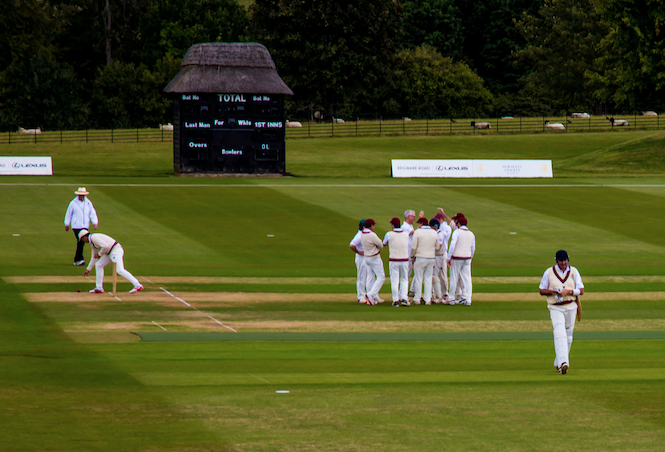
"Even among philosophers, the passion for fame is the last weakness to be discarded" - Tacitus
"That last infirmity of noble mind," as Milton put it...
The idea that I am on Twitter to promote such few, modest achievements as I have recorded over the course of the past ten years is, of course, an utter calumny.
https://twitter.com/theoldbatsman/status/1363052685004529666?s=20
• • •
Missing some Tweet in this thread? You can try to
force a refresh












